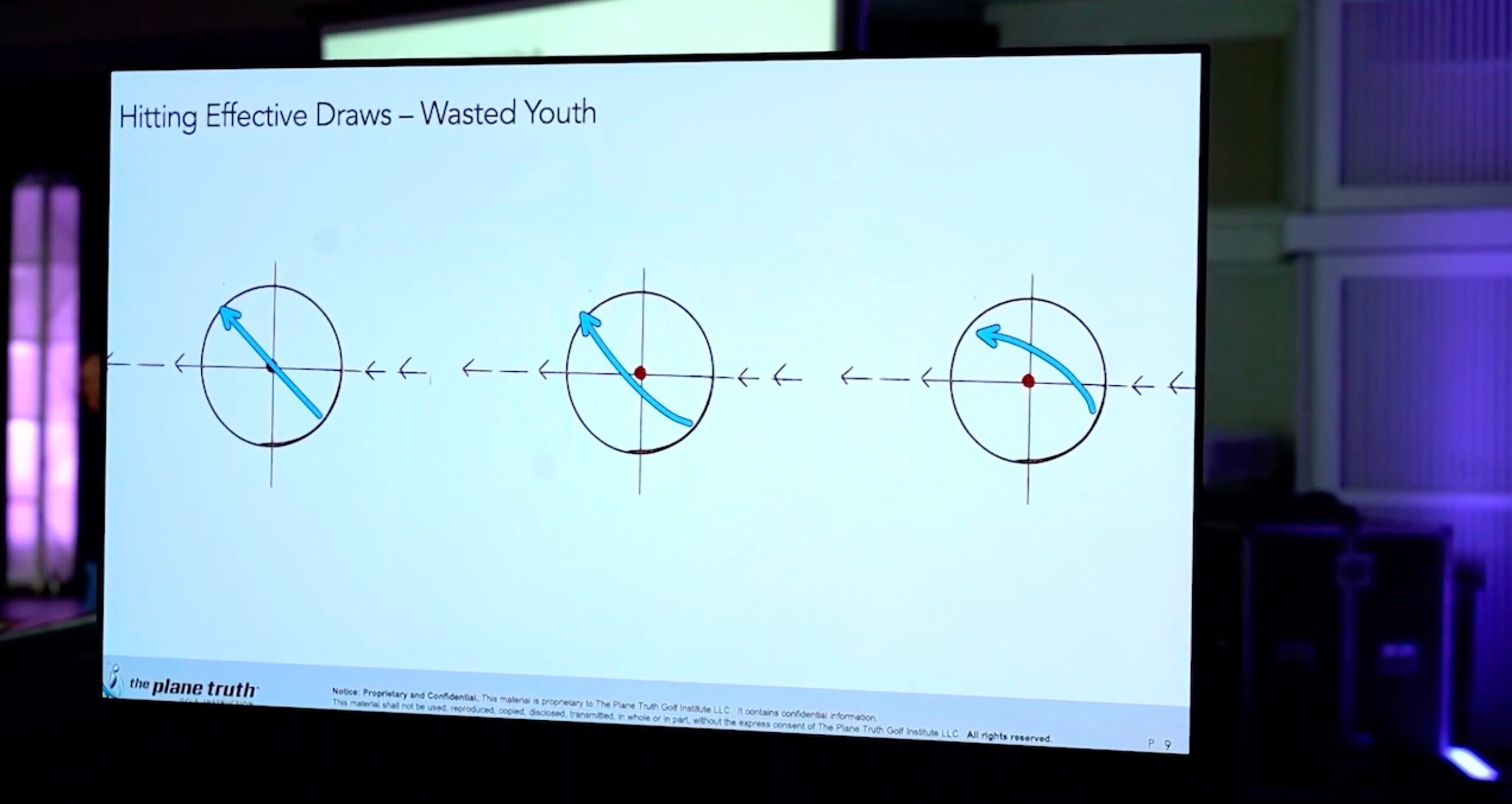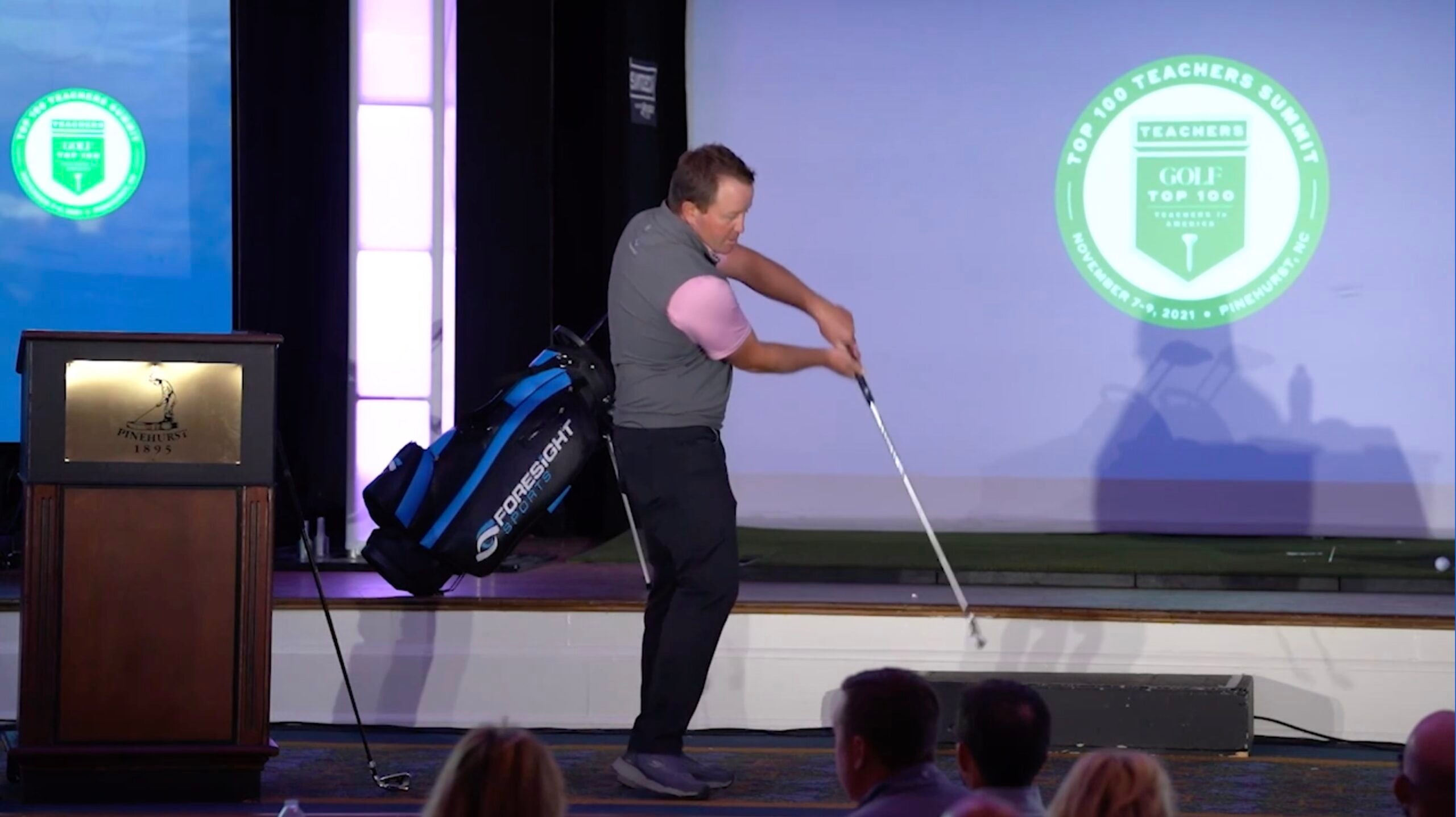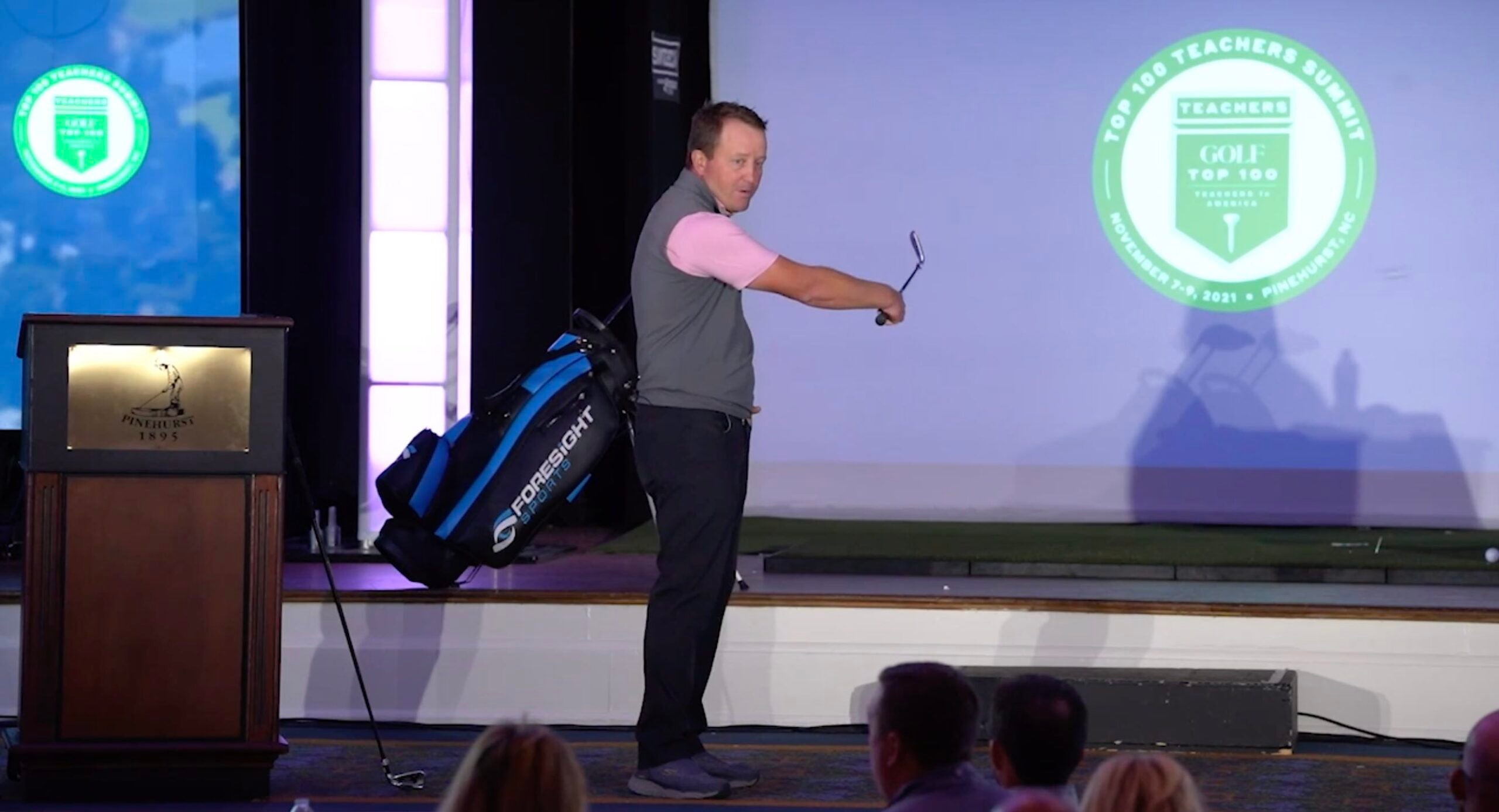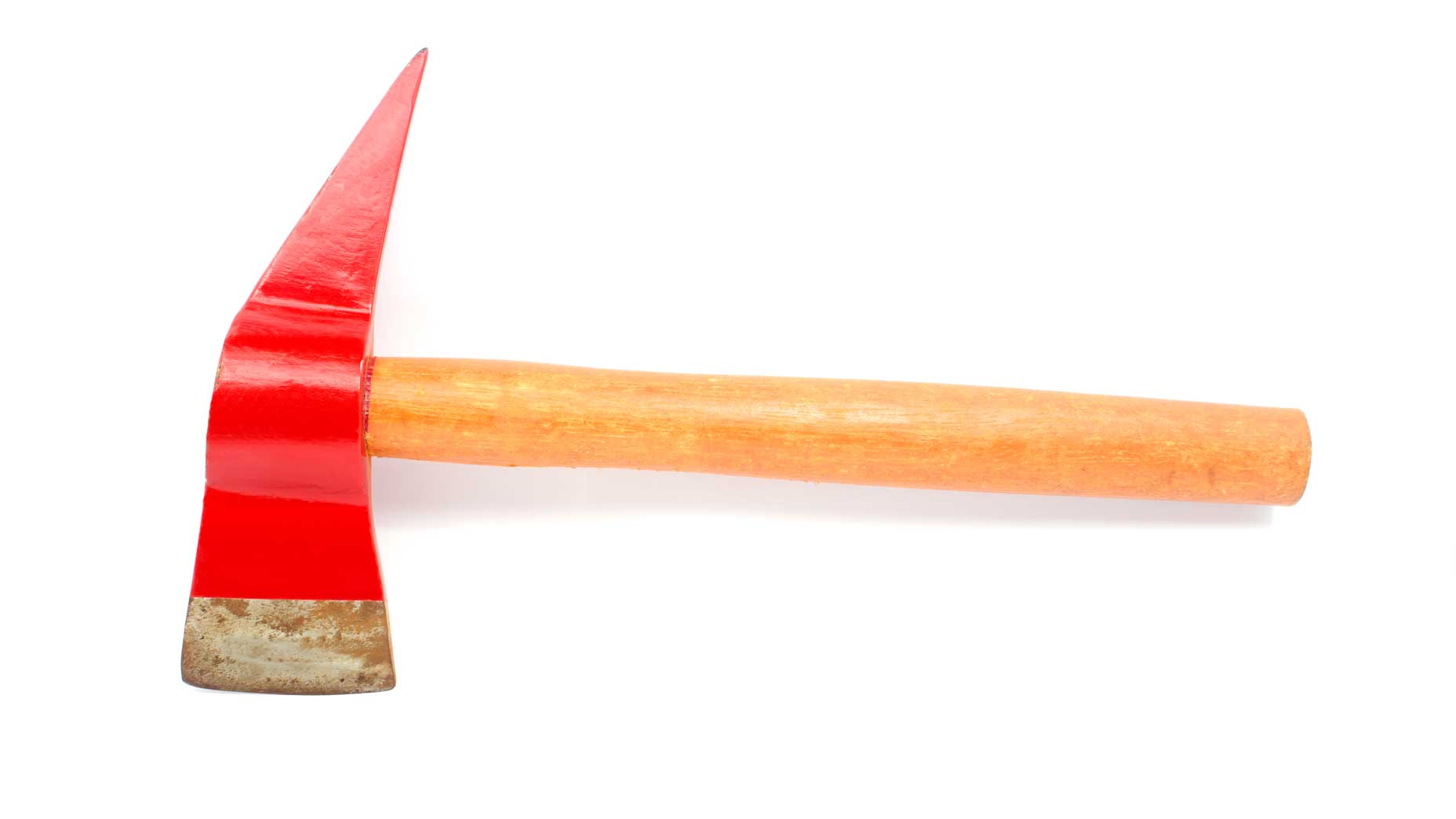
Ripping a beautiful, high draw down the middle of the fairway is the kind of dream that keeps most recreational golfers itching for more. And while it’s true the PGA Tour is littered with faders, many top players — from Collin Morikawa to Tiger Woods — chased draws for more distance as they were coming up through the ranks. For the rest of us, consistent draws is the goal, full stop.
But there’s one trap door too many golfers fall into along the way.
Speaking at the GOLF Top 100 Teacher Summit late last year, GOLF Top 100 Teacher Chris O’Connell, alongside teacher Andy Traynor, talked through the ways they teach golfers to have better control over their ball flight — and avoid the misconceptions that may be harming them.
To hit a draw, O’Connell explained, golfers need two things:
- They need the club path (the direction of your swing) to be moving from in-to-out, and…
- They need the clubface to be pointing slightly left of that. The combination of those two things putts force on the outside of the golf ball, which has the effect of launching the ball with its desired draw spin.
The problem, O’Connell, who is Matt Kuchar’s swing coach, says, is that too many golfers leave out the second part of the equation. They think they all they need to hit a draw is follow the common advice of hitting the “inside of the golf ball,” and leave out the second part.
A two-step solution
To demonstrate his point, O’Connell pointed to three illustrations of a golf ball being hit from the inside. While all three balls were struck with an in-to-out path, the first two shots resulted in a block and a push-slice. It was only the third golf ball that actually drew as intended.

It was only the third golf ball that actually drew as intended.
GOLF
“I kept thinking thinking to hit a draw i needed to hit from the inside and keep force on the inside,” he said, drawing on his own personal experience. “Too often, when they tell you to hit the inside of the golf ball, you’ll never actually let the clubhead actually wrap around the ball. All I can do from here is hit the inside [of the ball] and have the force go right through it, or have the force going to the right, and have the ball start right and fade.”

O’Connell demonstrating a draw.
GOLF
The key, as O’Connell eludes to there, is to ensure you feel like you’re letting the club “wrap around” the outside of the golf ball, making a full release of the clubface with your hands.
“I want to let the clubhead actually wrap around the ball, if i’m trying to draw it,” he says. “I didn’t realize I needed to swing from the inside and let the club go around, to the outside of the center of mass to the ball.”

O’Connell demonstrating a draw.
GOLF
It’s an essential one-two punch. You can’t have one or the other; you need both. Without them, you’ll never see those high draws sailing down the middle.








